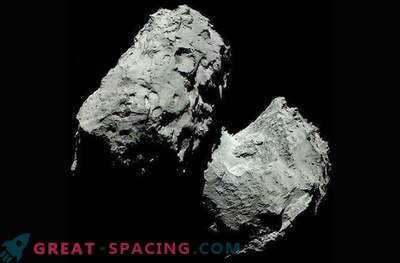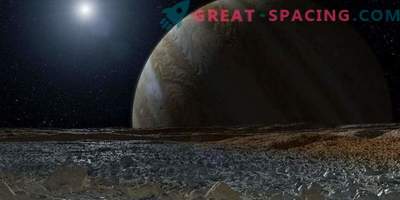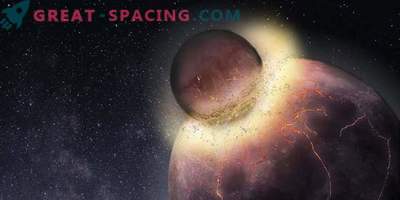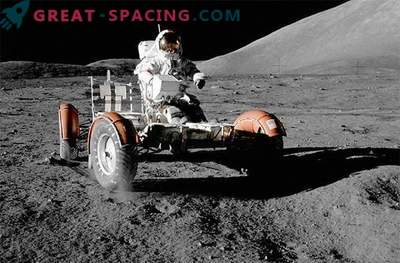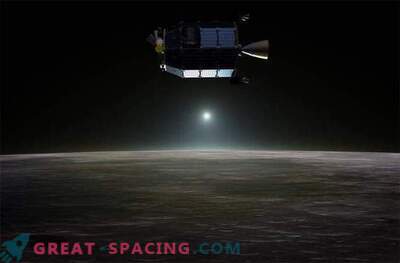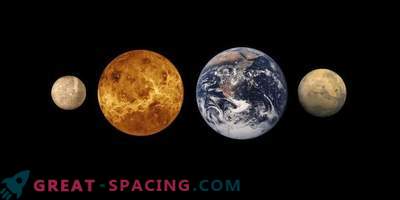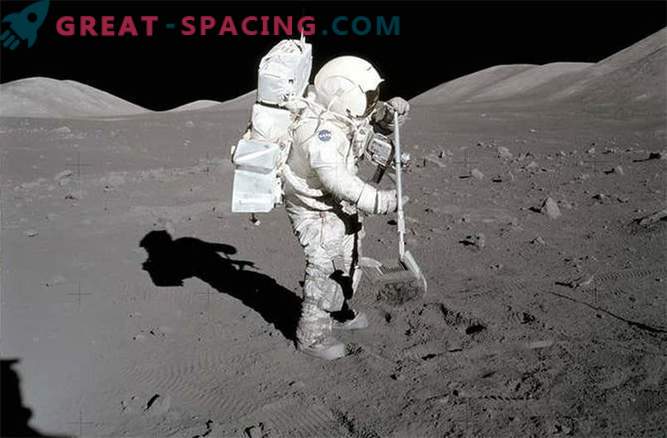
Imagine a scientific experiment that is based on data obtained from another world and taken as a sample before your birth. This is what astrochemist Jamie Elsayla encountered from the Goddard Space Flight Center, NASA, who studied the building blocks of life, called amino acids, collected from the lunar surface. They were collected from rocks during the Apollo expeditions in the 1960s and 1970s.
The Elsaila team found that the amino acids found on the surface actually got there due to pollution from the Earth.
"This finding tells us more about the vitality of organic compounds on the Moon than about amino acids in general," she added in an email. "We hope that our results can help in studying the effects of radiation and weathering the environment on the moon on organic molecules."
But before making a similar conclusion, the Elsayla team considered all the options:
Theory 1: Solar Wind
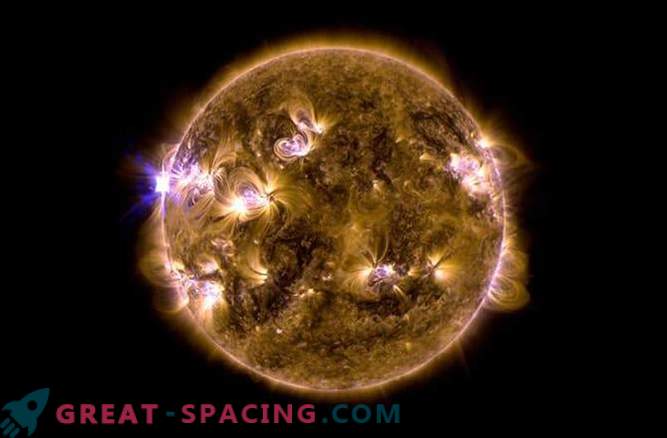
The solar wind is a constant stream of particles that radiates from the sun, and which flows through the entire solar system. Scientists believe that over time, this process can irrigate elements such as hydrogen, carbon and nitrogen on the moon. If they are combined into a specific form, such as hydrogen cyanide (a combination of all three elements), it can be considered as a precursor of an amino acid. "But the researchers refute this theory. The share of two types or carbon isotopes: carbon-13 and carbon-12 in the solar wind is different from amino acids found on the lunar surface. In addition, we expected to find a greater concentration of amino acids in the lunar soil, which is more influenced solar wind, but we do not see this, "she added.
Theory 2: Lunar Module
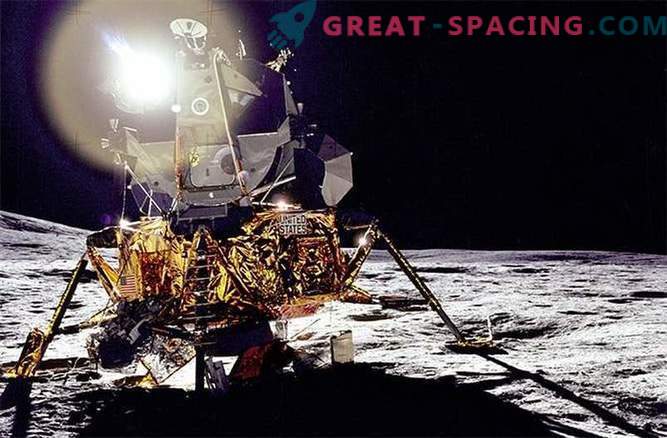
All moon rovers descend to the lunar surface thanks to the aircraft called “Lunar Module”. It has a downward-facing engine, which falls asleep on the lunar surface with exhausts during landing and take-off. The exhausts themselves contain a small amount of volatile molecules such as hydrogen cyanide.
This seems to be a plausible explanation for the presence of amino acids on the surface, until samples were taken from two different places: one was taken near the lunar module and the second at 4 miles (6, 5 km) from it. It turned out that the number of amino acids in two different samples is the same.
"If exhausts from the lunar module would be a source of amino acids, we would expect to see their greater concentration near the lunar module, but this did not happen," said Elsayla.
Theory 3: Meteorites
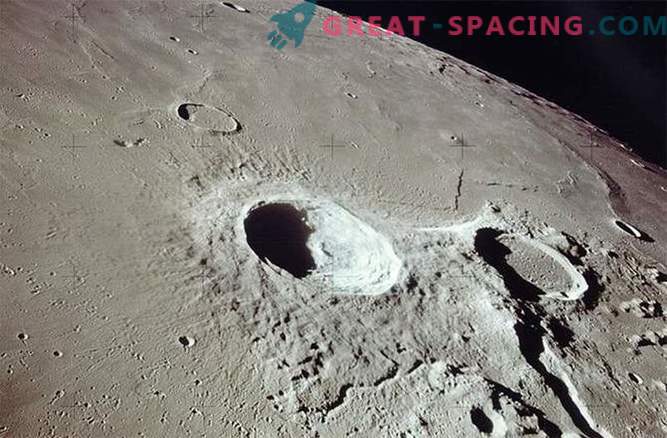
When cosmic stones fall to the surface, they leave a trail behind them - a crater. On Earth, most craters are erased over time. On the moon, however, one can see evidence of thousands of craters even with a small telescope. Very large ones are dozens of miles in diameter. There are some types of meteorites, such as carbonaceous chondrites, which contain amino acids. And it turns out that when the researchers looked at their samples, they found different types of amino acids. However, as it turned out, their concentration is so small that they cannot be a source of amino acids on the surface of the Moon.
Theory 4: Pollution from Earth
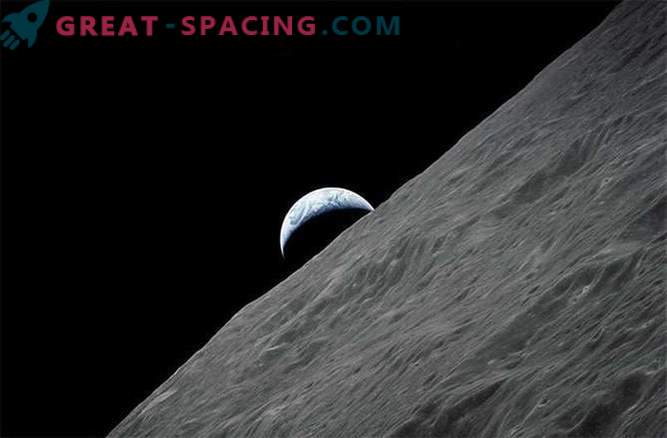
This is the most likely source. On Earth, there are only 20 amino acids that are linked to life. The remaining parts are abiotic chemical reaction formations. Moreover, most amino acids have two forms that are mirror images of each other. Lunar amino acids correspond to terrestrial life, both in type and in form.
The researchers also measured the isotopic ratio for the three amino acids, and found another match for similar compounds on Earth. “All this proves that terrestrial pollution has become the source of these compounds on Earth,” said Elsaila.
Reducing pollution for future missions
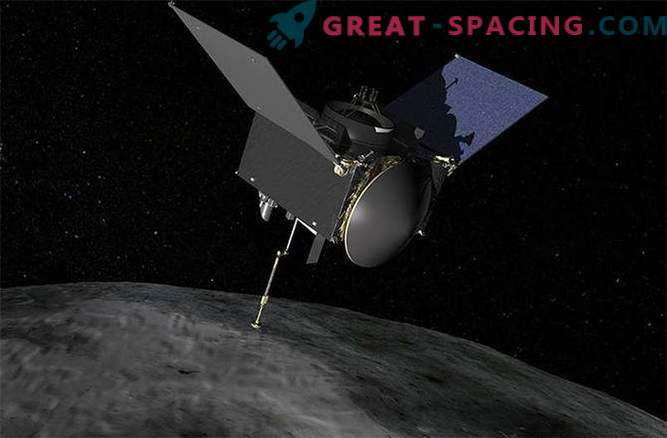
"I do not want to criticize those who worked on the Apollo mission. This work shows how difficult it is to completely eliminate the pollution, and makes us carefully consider this issue while planning future missions."


